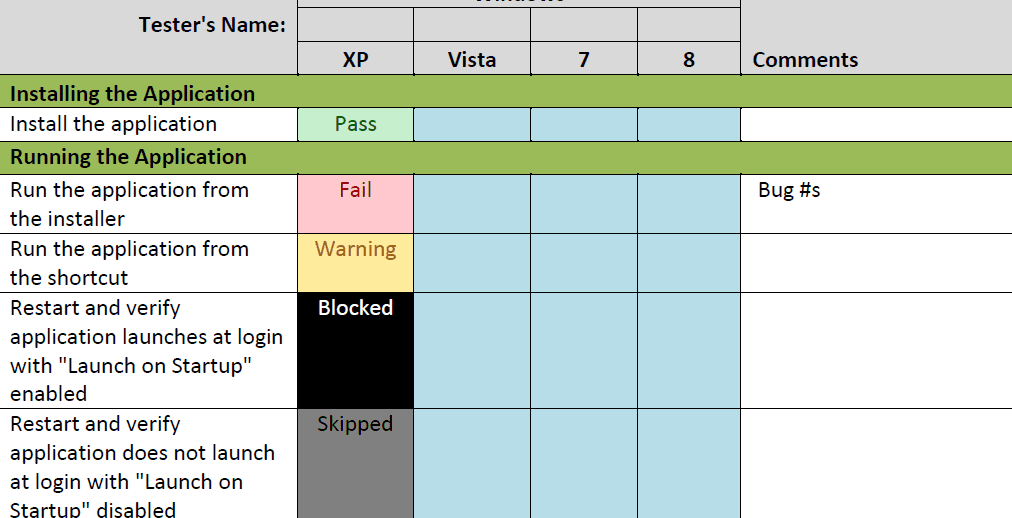Test cases are documents that contain conditions to help testers determine whether or not a software product or application is working correctly. Test cases also create a precedent for similar tests. The goal of a test case is to set out data like preconditions, postconditions, test steps, and expected results.
Developing Effective Test Cases
An effective test case typically has a list of steps and often lists the expected outcomes of those steps.
When testers come across an issue, they make a note of which step in which the product failed. This documentation process helps developers pinpoint the exact location of the problem. The documentation process makes it easier and quicker to fix.
Test case templates also include preconditions if they are available. However, most test cases do not require preconditions. If this is the case, these fields will not contain any data.
Batching for Test Runs
Most people enter the results directly into the fields of the test case, while others add it to a separate file. The latter is especially likely when running multiple tests cases at the same time. This process is what we refer to as a test run.
A test run involves several test cases that must run in a particular sequence. Pre-conditions occur at the beginning of the test run as opposed to an individual test case. Test runs are especially helpful if you want to see how a product performs under a particular set of pre-conditions. After all cases are complete, the overall results are analyzed.
You can read about the difference between a test plan and a test case here or contact us to learn more about our software testing and quality assurance services. iBeta offers a range of customizable software testing services and we’d love to help you, too.


